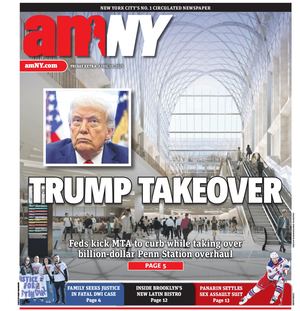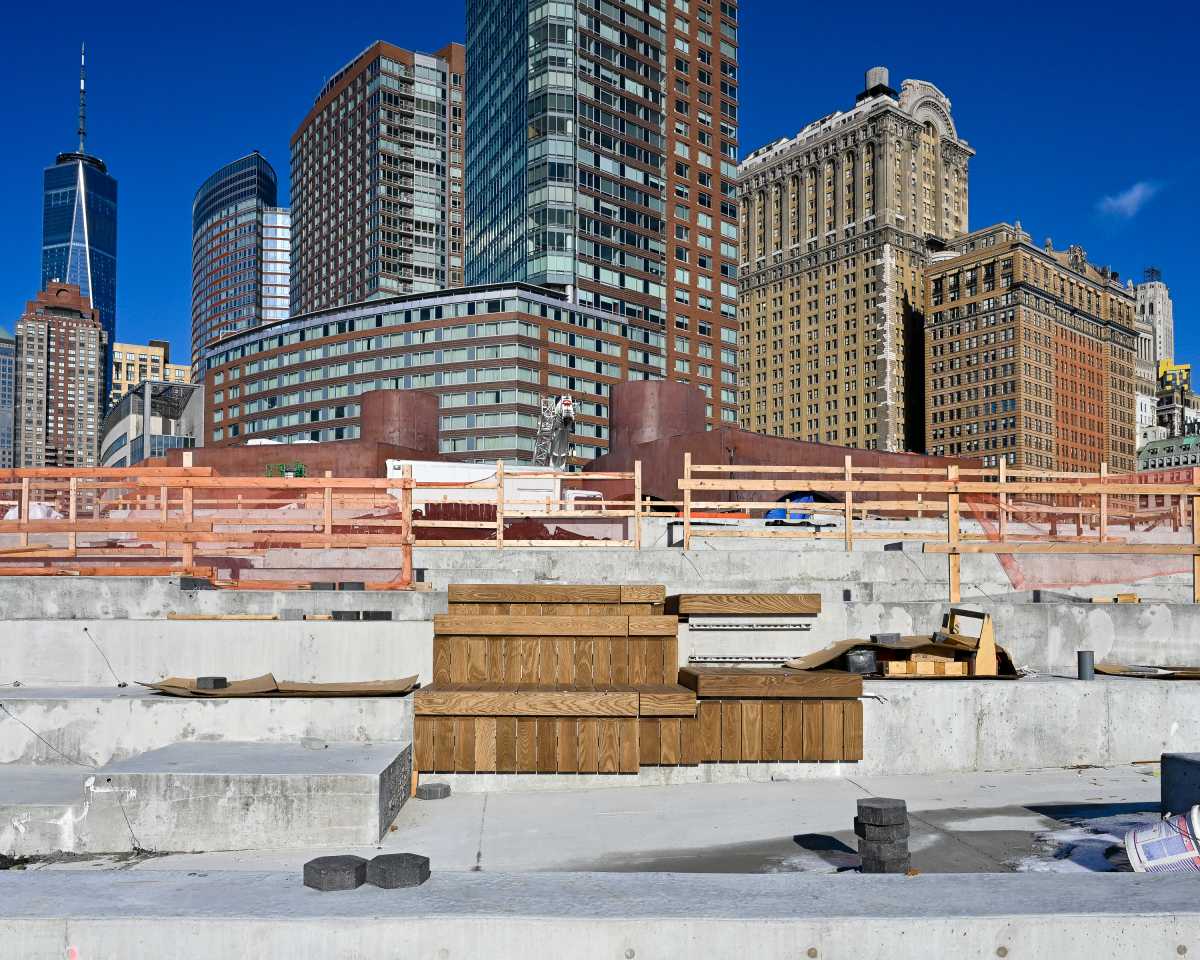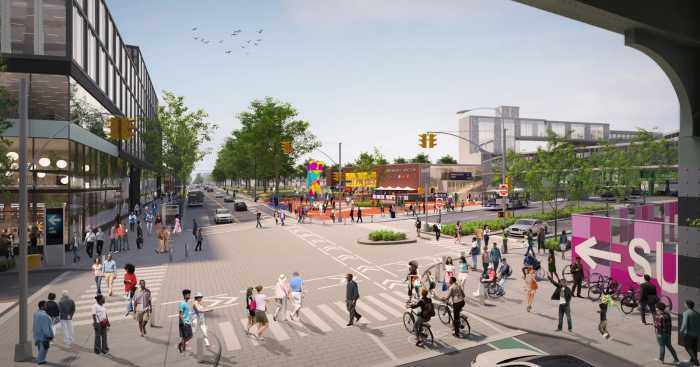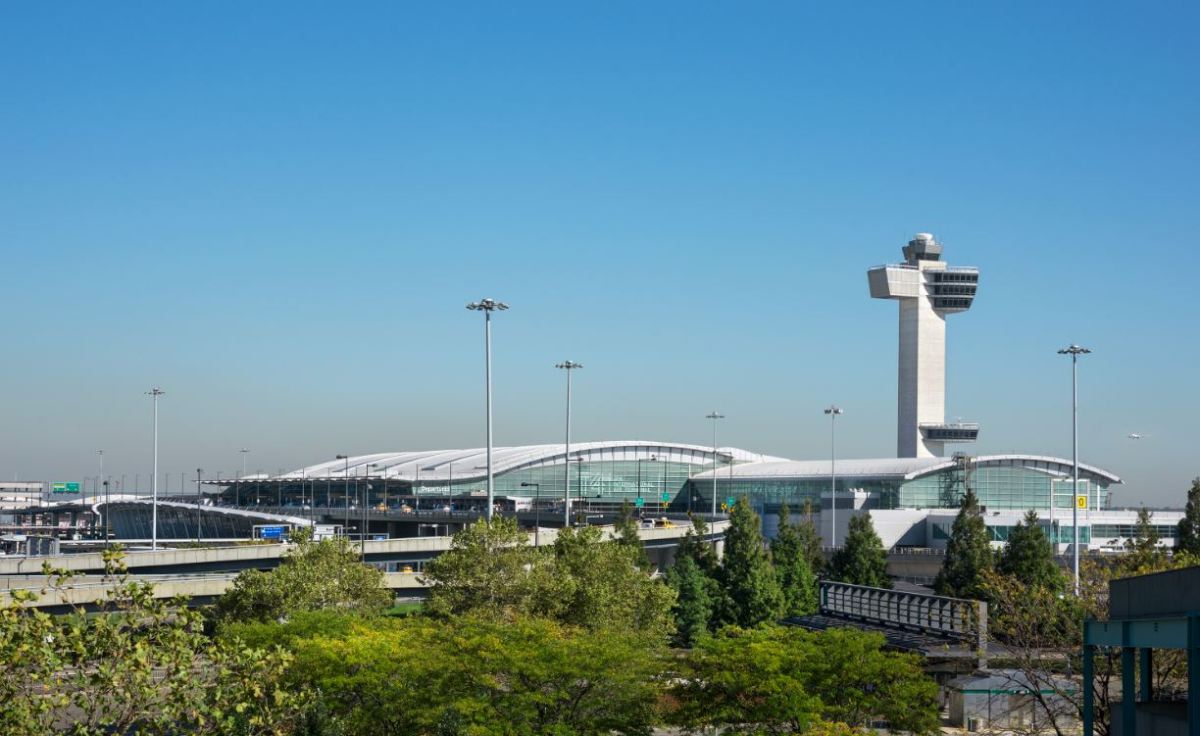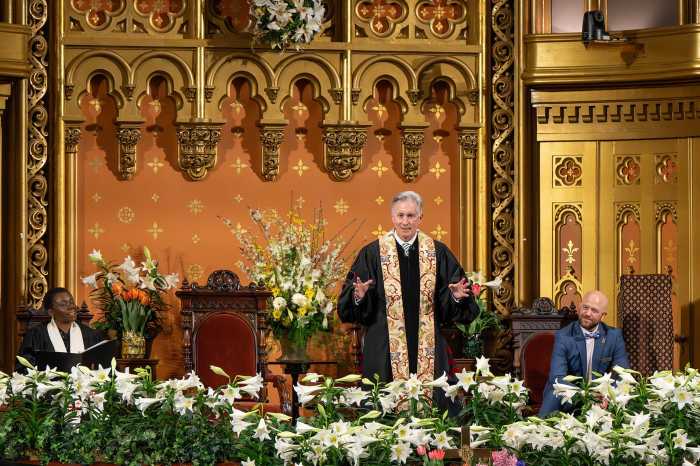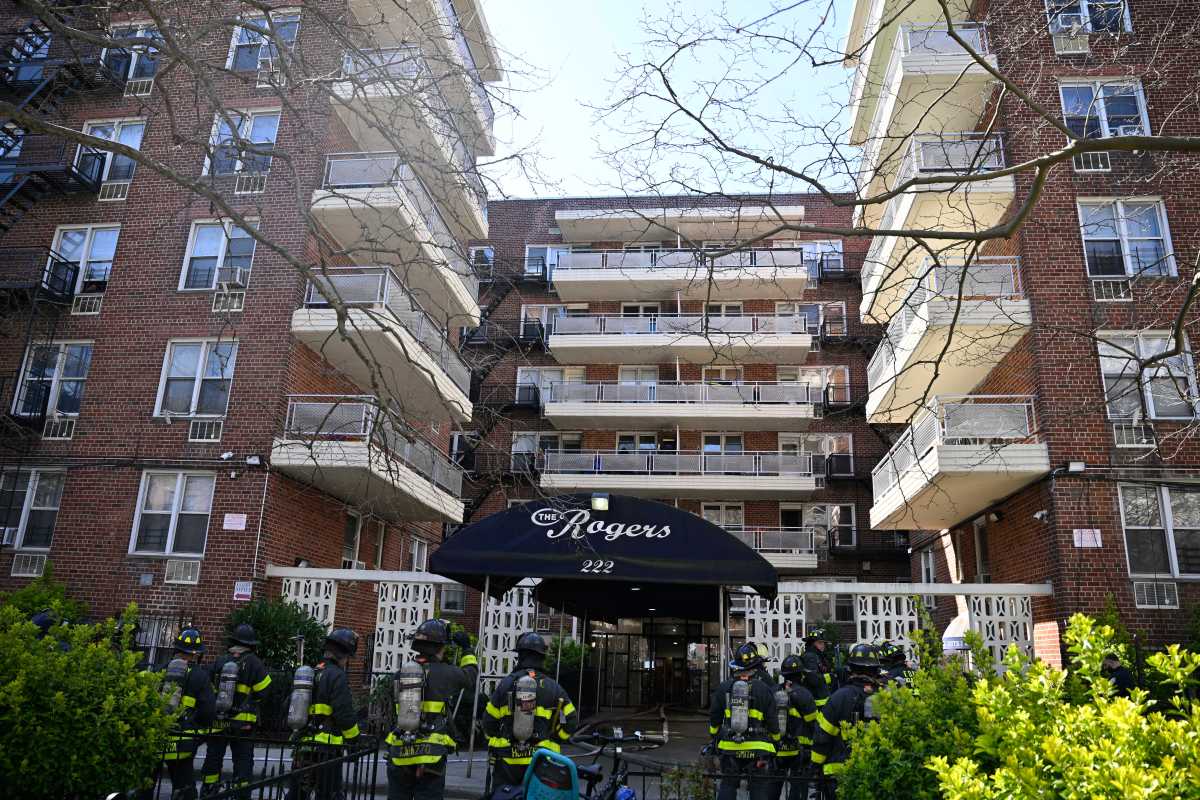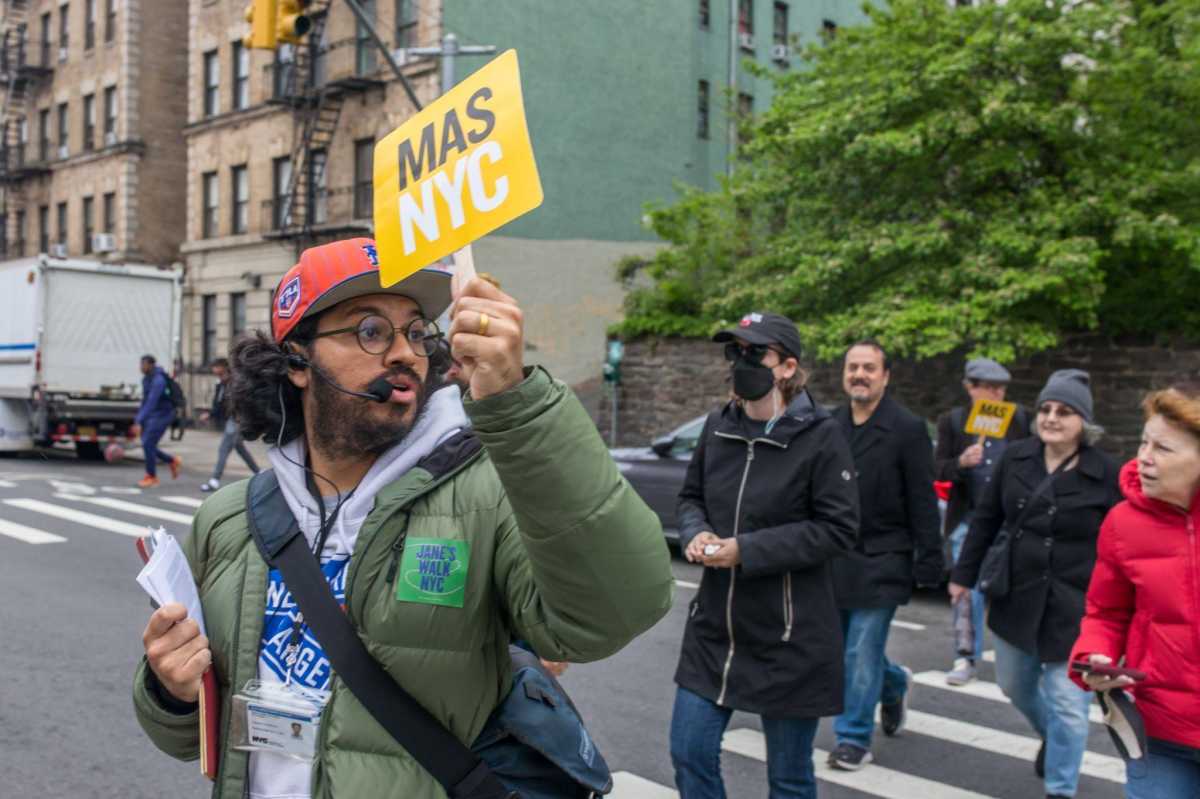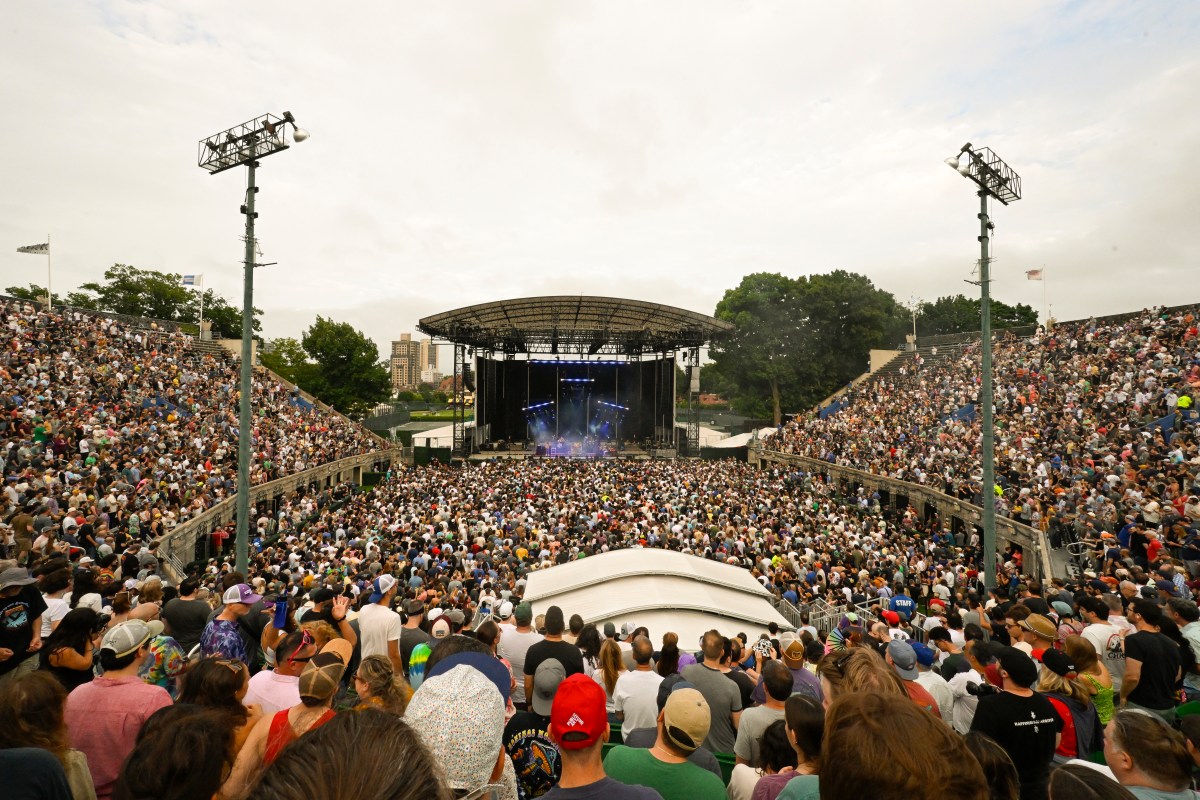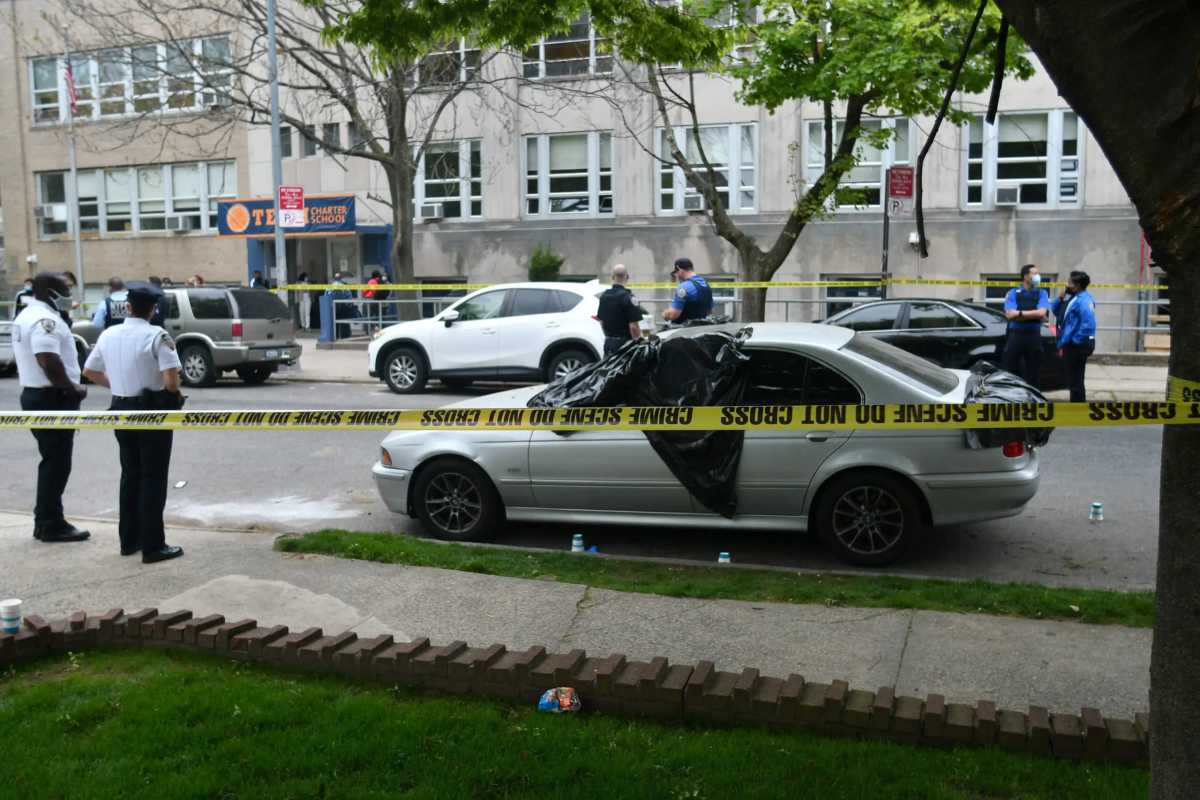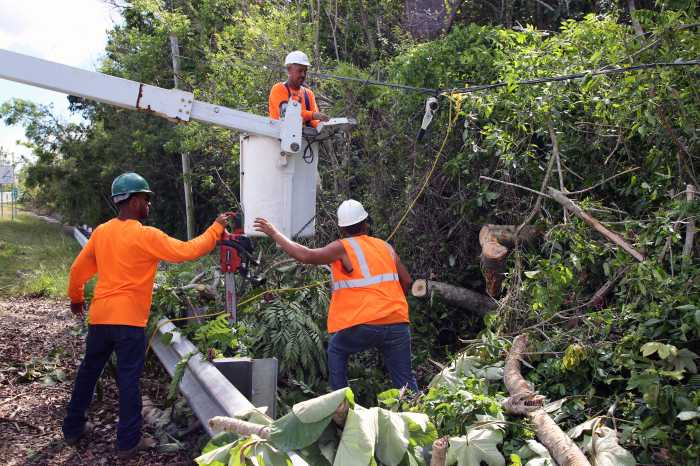The South Battery Park City Resiliency Project (SBPCRP) in Lower Manhattan is completing its final touches just in time for the summer season.
The $296 million project is part of the 3.5-mile-long Battery Park City Resiliency (BPCR) three-part master plan, which will protect Battery Park City and the inland area of Lower Manhattan from the effects of climate change, such as the rising sea levels and storm surges experienced during Hurricane Sandy in 2012, which crippled Lower Manhattan.
The Battery City Park Ball Fields & Community Center Resiliency Project is already completed, and the North/West Battery Park City Resiliency Project (NWBPCR) project will break ground later this year.
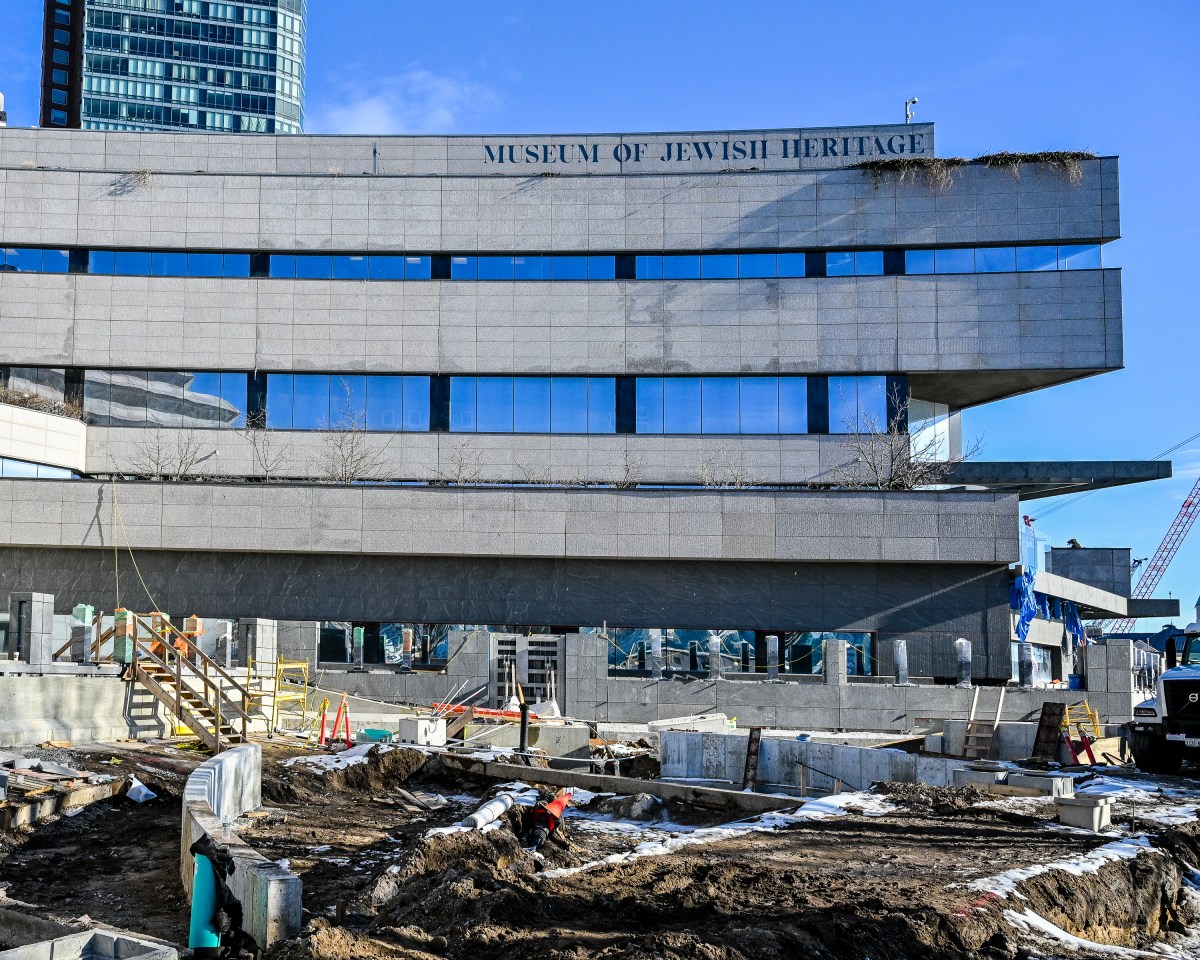
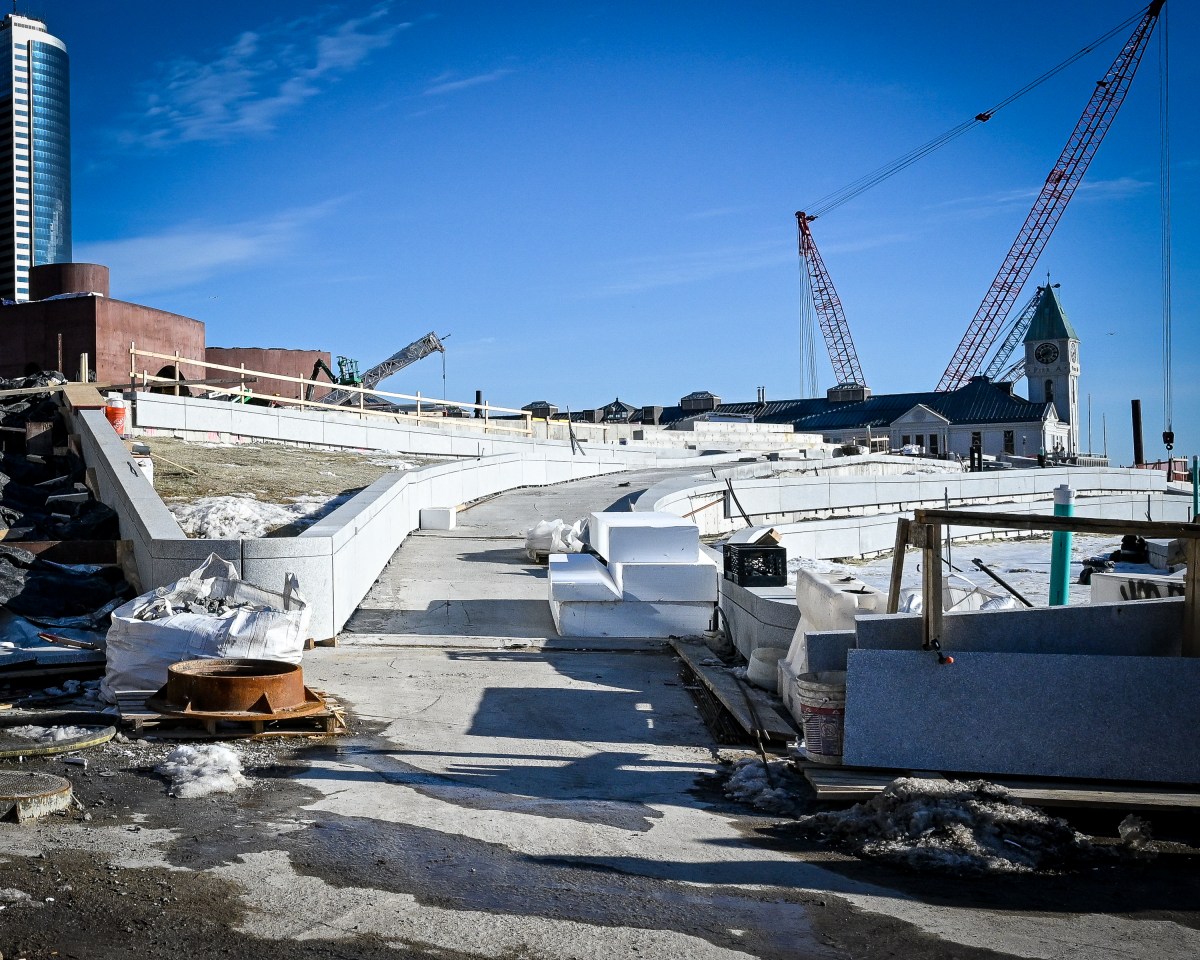
According to an NYC Lower Manhattan Resilience Study conducted in 2019, by the 2050s, 37% of buildings and supporting infrastructure in Lower Manhattan will be at risk from storm surge, and heat waves will be 250% more frequent and 50% longer. Recent weather events with unprecedented rain amounts have shown the urgency for improving interior drainage in the area.
“The Case for Resiliency provides the clearest evidence yet that all of what we’re protecting with our coastal resiliency projects – residents’ health and well-being, jobs, parks, infrastructure, property value, and more – is well worth the years of planning, design, and construction impacts required for implementation,” said Battery Park City Authority President & CEO Raju Mann. “Simply put: Resiliency is a smart and urgently necessary investment in New York City’s future.”
The SBPCRP’s integrated coastal flood risk management system extends along the northern border of Battery Park, across Pier A Plaza, through Wagner Park, to the Museum of Jewish Heritage and includes bermed, buried, and flip-up deployable barriers and glass-topped floodwalls that blend in with the environment.
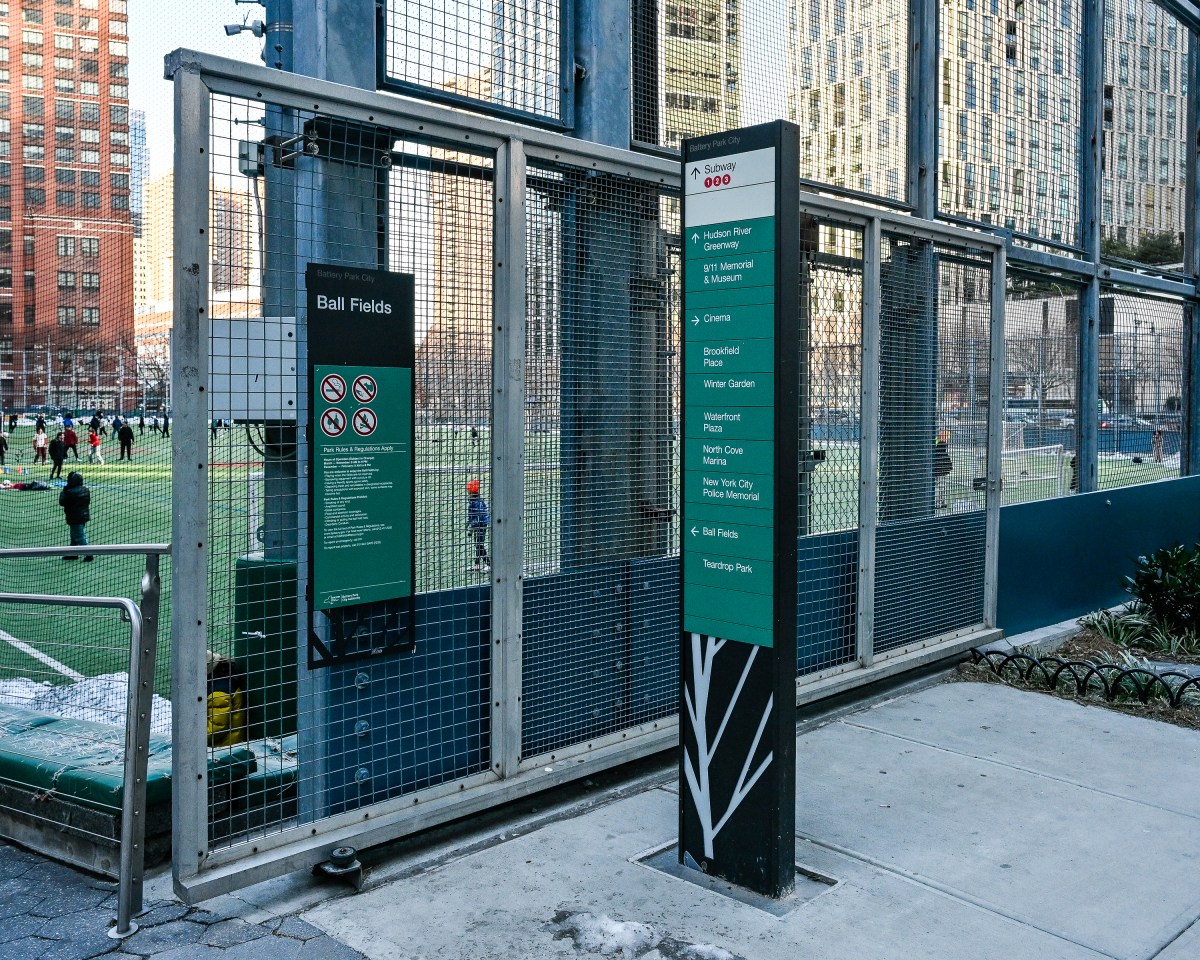

The project’s centerpiece is the revamped Wagner Park, which will include a central lawn, performative gardens, an event terrace, and ample seating from which New Yorkers can enjoy the view of the Statue of Liberty. The redesigned two-story Robert Wagner building will contain a community room, restaurant, and rooftop deck.
The landscaping focuses on biodiversity, with saltwater-resistant plants and trees, native plants for birds and pollinators, and the improved in-water habitat of around 1,200 linear feet of reconstructed bulkhead to support marine life.
In addition to reducing risk from coastal flooding, stormwater runoff, and heavy rains, BPCR will also shield Lower Manhattan from 2.5 feet of projected sea level rise, help cool the neighborhood during heat events, and prevent ponding of more than 1′ depth during rain events. It also protects existing below- and above-ground infrastructure like water and sewer systems, subways, tunnels, and utilities from flood events.

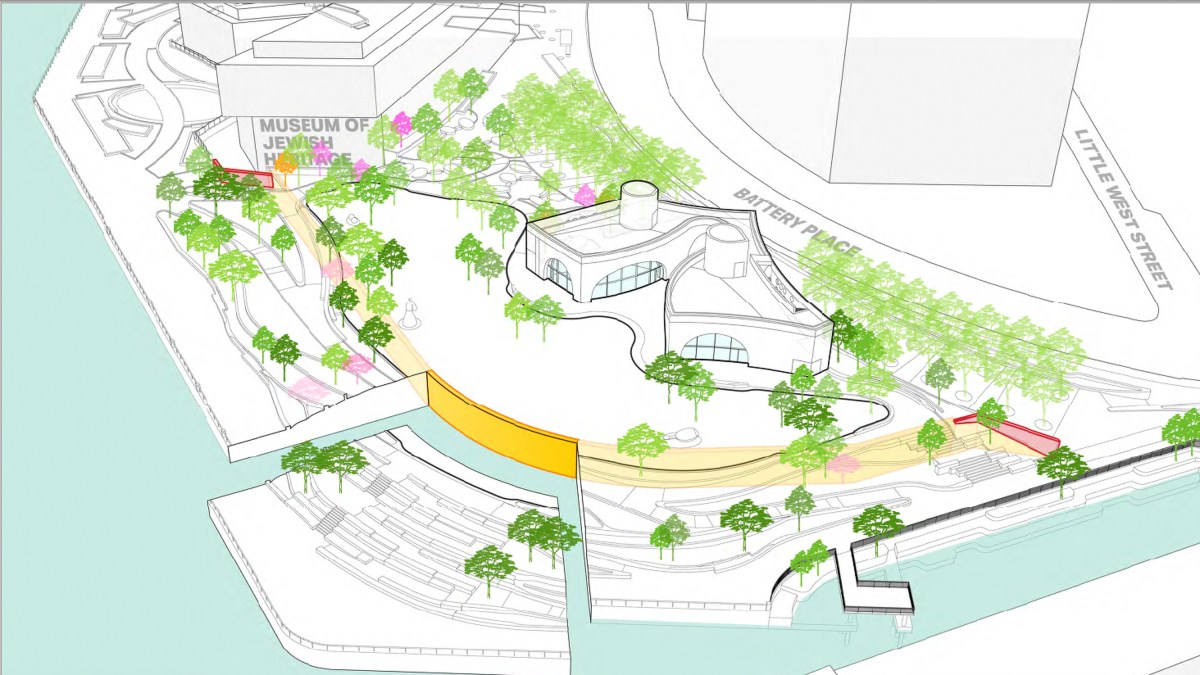
The Battery Park City Authority conducted a cost-benefit analysis and found that the benefits far outweigh the disruption and related inconvenience of the resiliency construction work and its price tag.
The findings show that for a net present value of $1.6 billion in project costs, $3.5 billion will be generated in economic and fiscal benefits.
FEMA’s removal of Battery Park City from the current flood zone will also eliminate homeowners’ need to purchase flood insurance for federally-backed mortgages. Private property owners within the study area should collectively expect to save $1.2 million annually in premiums associated with FEMA’s National Flood Insurance Program.
Read More: https://www.amny.com/new-york/manhattan/nyc-neighborhoods/
